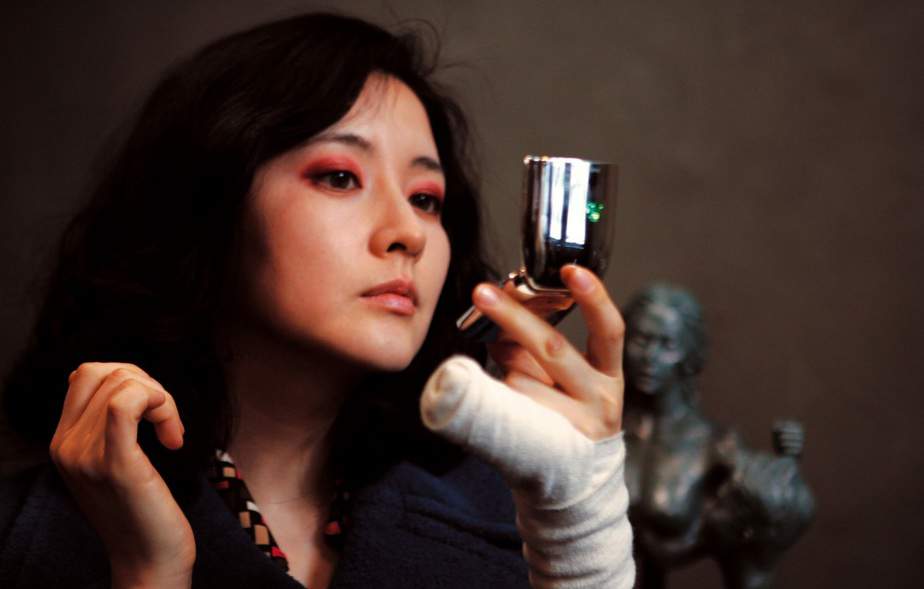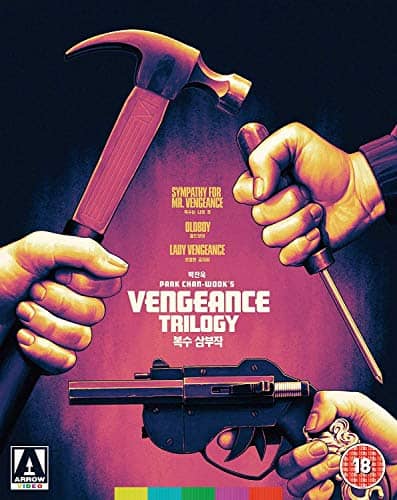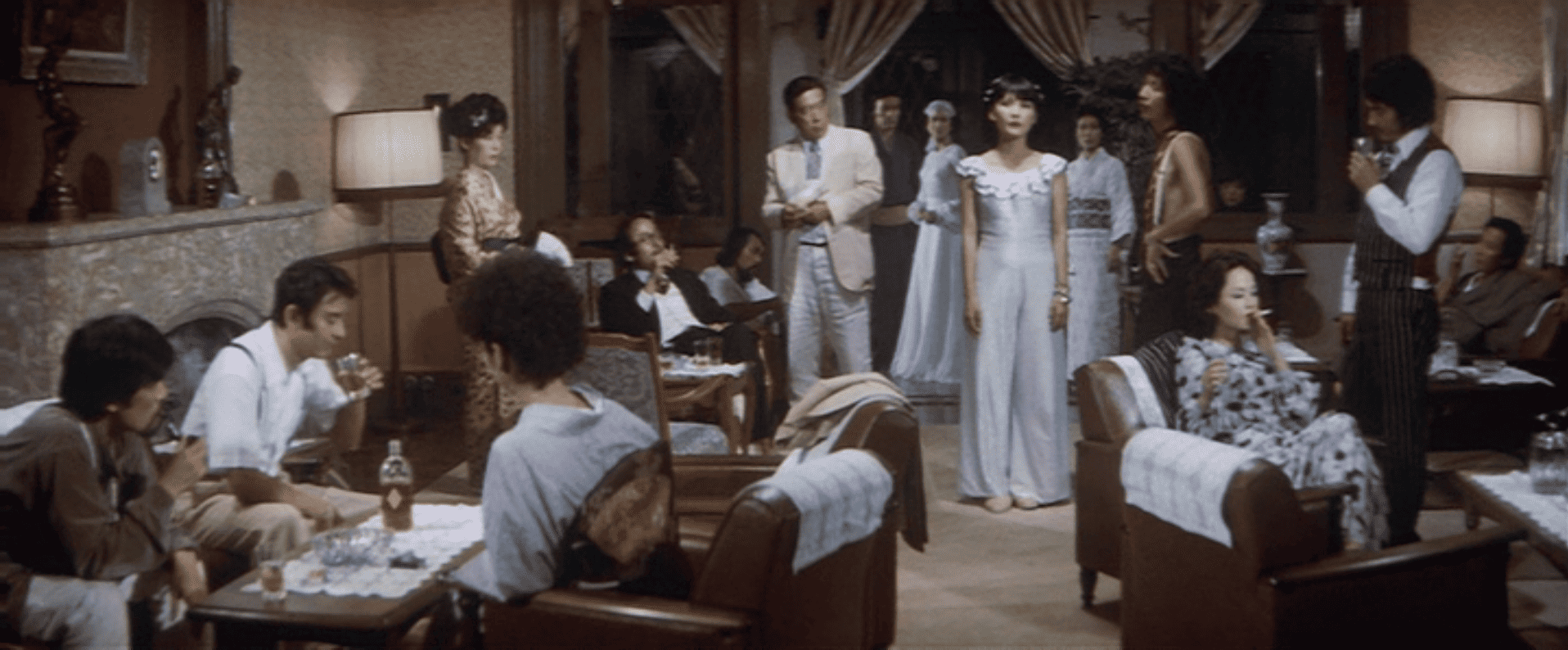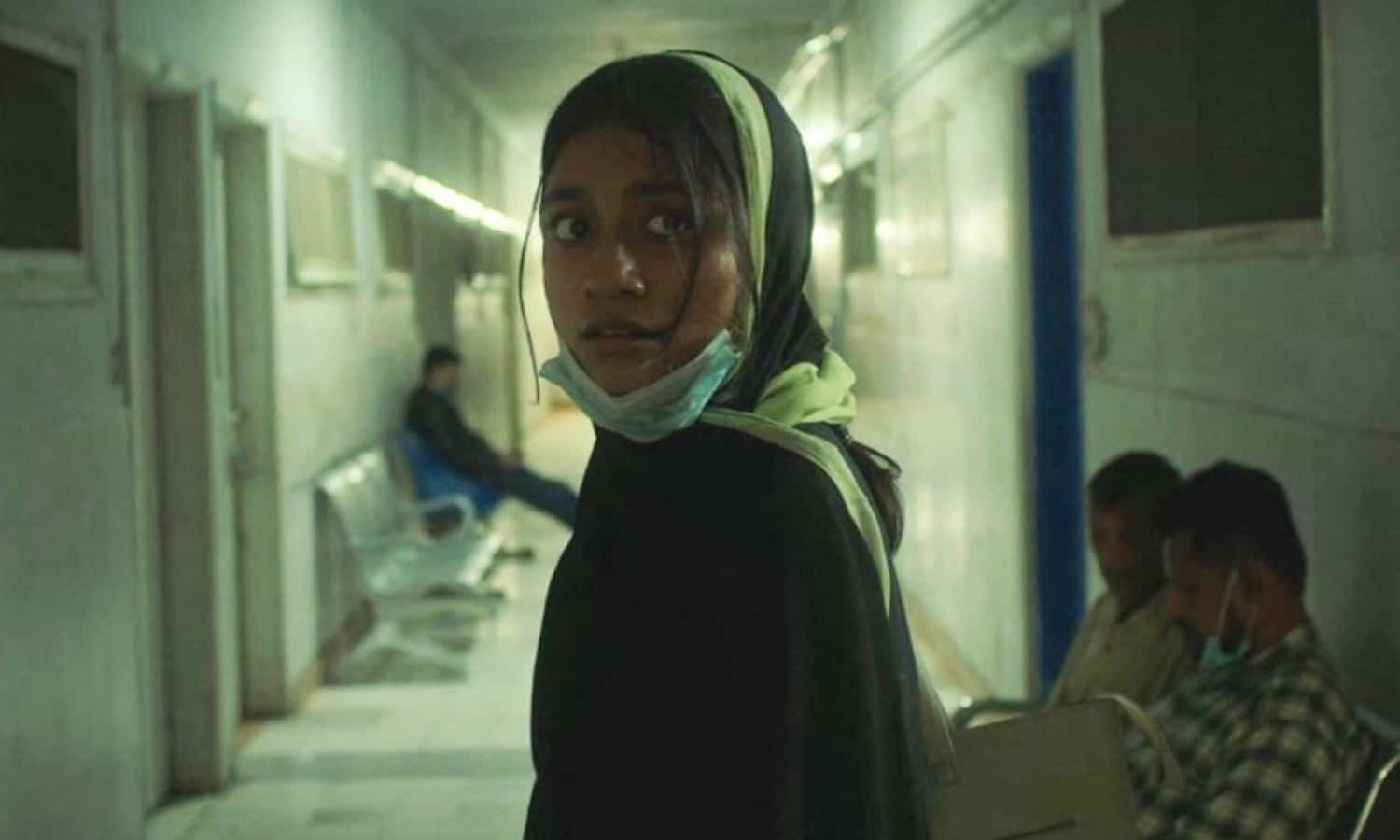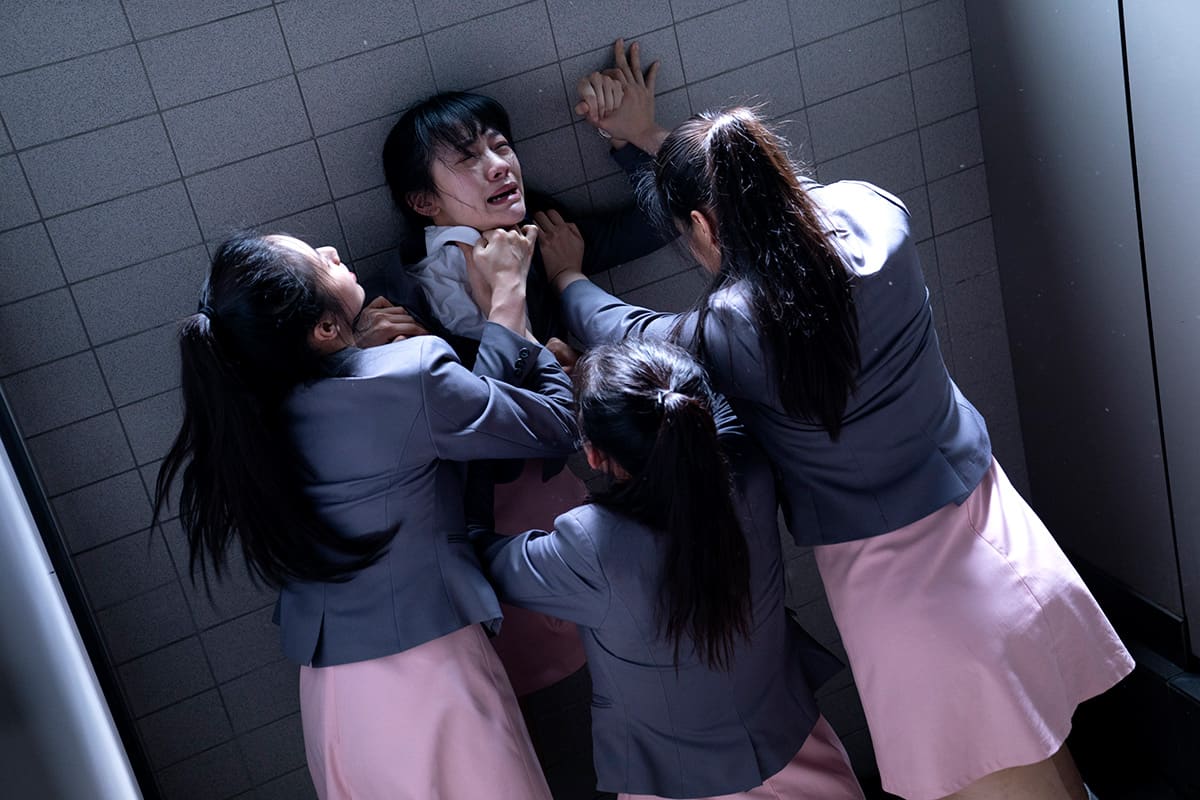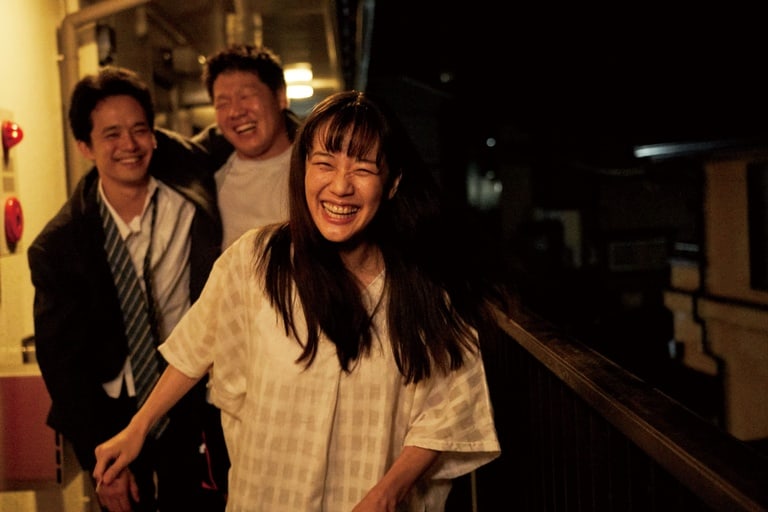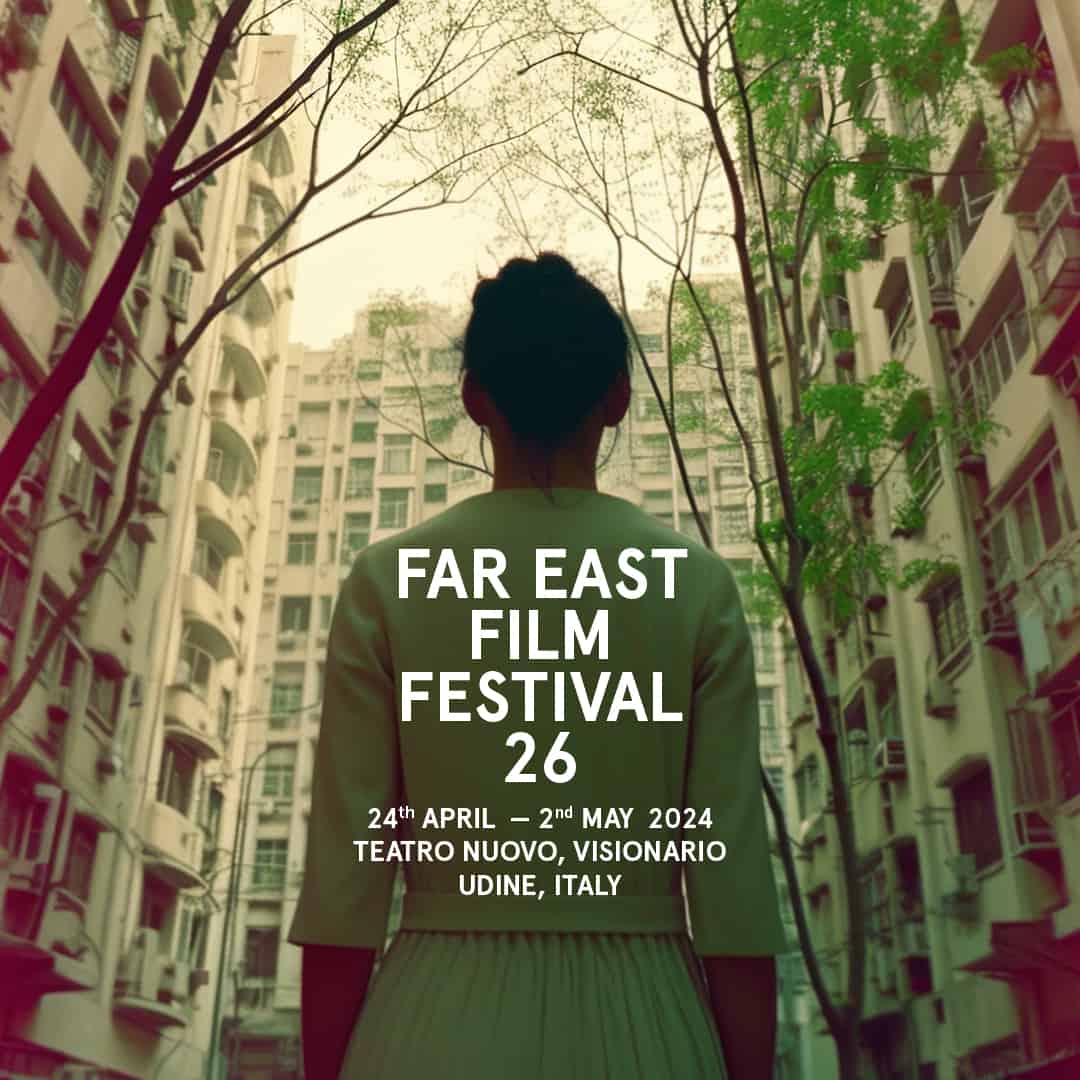The third part of the “Vengeance Trilogy” presents the theme of revenge from a female point of view.
The script revolves around Geum-ja, a woman found guilty for the kidnap and murder of a child, who has waited patiently in prison for 13 years in order to avenge the man responsible for most of the evils in her life. While there, she managed to present an utterly benevolent persona, whose sole purpose was to make the friends needed for the intricate plan she has conceived. After her release, she exploits those acquaintances, but as she is about to fulfill her purpose, she realizes that the truth is much worse than she imagined.
Park Chan-wook focused on a female character this time, and created a unique amalgam of black humor, blasphemous irony, extreme violence, which at times, is turned on children, and liberating humanism, chiefly depicted in the final sequence of collective revenge. The fact that ordinary people can turn to sadistic murderers presents Park's message regarding revenge: sometimes, vengeance through violence is the only way to true catharsis. In order to justify this philosophy, he paints the evil character with the most gruesome colors, to a point that any action against him is deemed worthy, and even just.
The story is once more presented through extended flashbacks, which chiefly appear in the first part and demand full attention from the spectator, in order to understand what is going on. Their presentation, however, is quite artful, particularly due to the great editing by Chung Soo-jin, as is the way Park presents the bloodthirsty demands of Geum-ja, in the second part.
Lee Young-ae is spectacular in the titular character, with the overwhelming majority of the film being based upon her. Her transformation from a victim, to a “saint,” to a vigilante and finally to an ordinary (of sorts) woman is, probably, the film's greatest asset. Choi Min-sik is, once more, quite persuasive as the embodiment of pure evil, although his part is quite small. He certainly deserves an award for the things Park made his characters go through in the last two films of the trilogy.
Technically the film is magnificent, with its grotesque artfulness presented even from the introductory scene and the mixture of Chung Chung-hoon's cinematography with Choi Seung-huyn's baroque music resulting in an utterly fitting combination.
“Sympathy for Lady Vengeance” is a great conclusion to one of the most elaborate trilogies ever to appear on cinema, in three films that manage to satisfy equally the art-house, the mainstream, and the cult audience.


